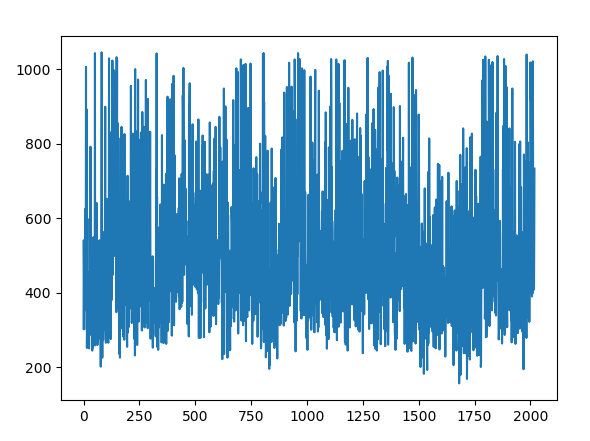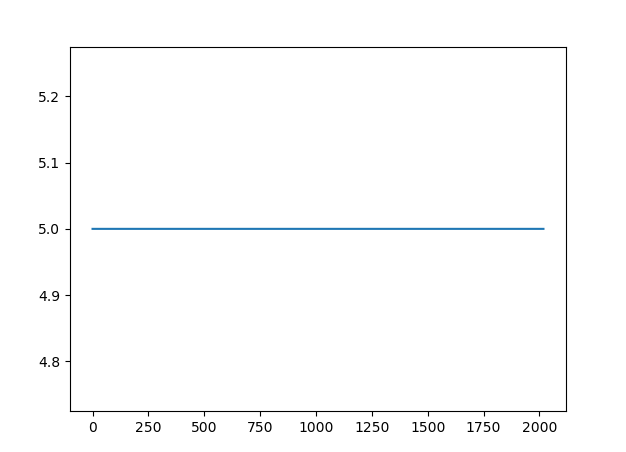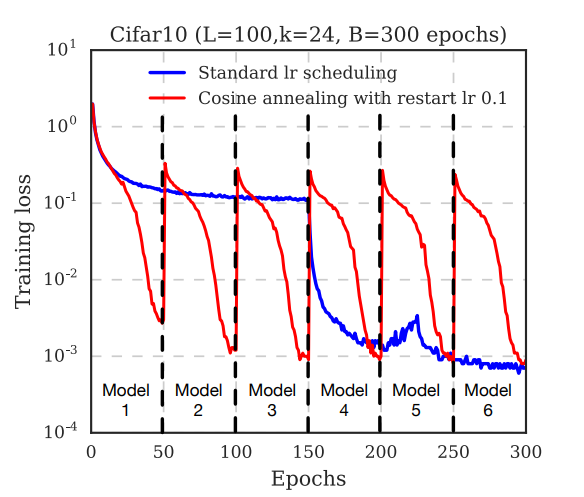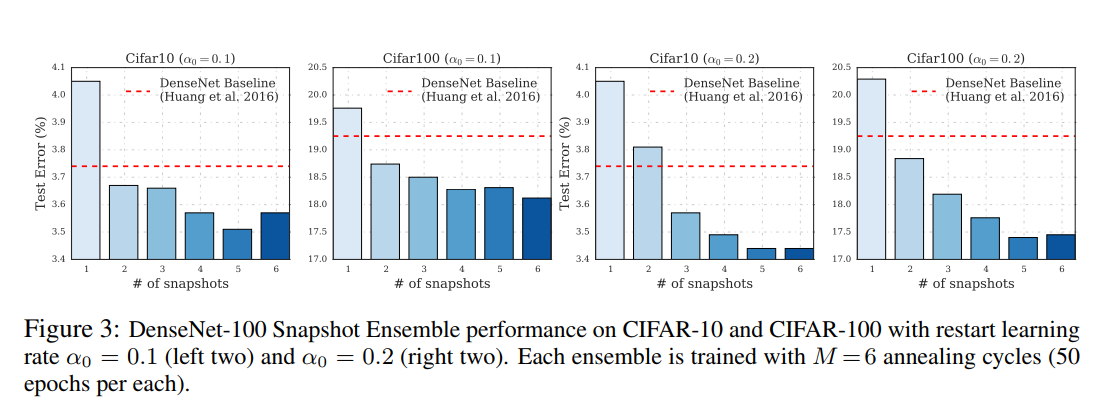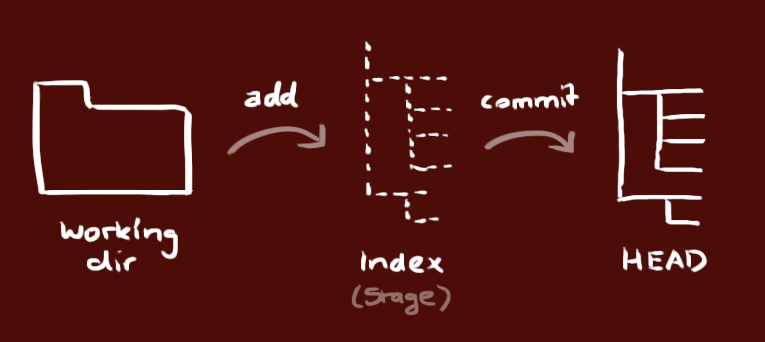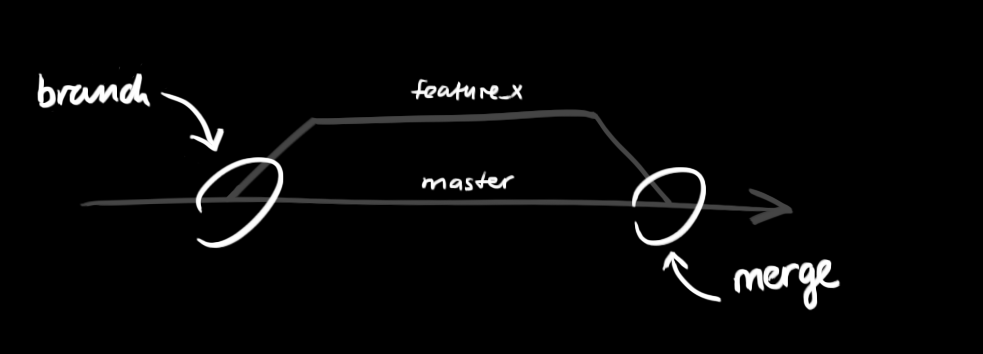Pillow 是PIL全称,是一个python图像处理库,由Fredrik Lundh and Contributors创建的。
安装
1 | $ pip install Pillow |
基本上安装python和pip就可以安装pil。
入门教程
Image class
PIL中最重要的类是Image,定义在PIL 底下的Image中。可以通过以下方式来创建一个Image类对象:
- 通过打开一个图片文件来创建
- 通过处理其他的图片
- 从头创建图片
从图片文件中打开文件的:
1 | from PIL import Image |
如果成功,函数会返回一个Image对象。可以通过检查它的属性来查看它的内容:
1 | print(im.format, im.size, im.mode) |
其中,
- im.format是该图片的来源,如果不是来自图像文件,则会使None
- im.size是图片的大小,是一个二维数组,单位是pixel
- im.mode 是图片的显示模式,定义了图片的色带个数和名字;或像素的类型和深度;常见的模式有“L”是灰度图,“RGB”是真彩图片,“CMYK”是预印图片。
如果文件不能打开,则会返回一个IOError异常。
图片的显示:
1 | im.show() |
图片的保存:
1 | im.save("...") |
其他的图像打开方式:
从打开的文件中读取:
1 | from PIL import Image |
从string中读取:
1 | import StringIO |
从tar文件中读取
1 | from PIL import Image, TarIO |
读写图片
将文件转换成JPEG
1 | import os, sys |
思路是将文件打开,再保存到jpeg文件即可。需要注意,打开文件需要try except以防IOError
创建JPEG文件的缩略图
1 | import os, sys |
思路是使用自带的thumbnai函数。
鉴定图片
1 | from __future__ import print_function |
剪切合并图片
Image class可以通过crop()函数来提取局部区域图片。
复制图像的一个长方形区域:
1 | box = (100, 100, 400, 400) |
box是一个四维tuple,定义了(左,上,右,下)。该库的坐标系是将左上角定义为原点(0,0),同时所采用的距离是pixel。
处理长方形区域并paste回去
1 | region = region.transpose(Image.ROTATE_180) |
paste函数要求region和box需要一致。
分离合并图像channel
1 | r, g, b = im.split() |
集合转换
图片resize和旋转
1 | out = im.resize((128, 128)) |
图片翻转
1 | out = im.transpose(Image.FLIP_LEFT_RIGHT) |
颜色转换
不同图像mode转换
1 | from PIL import Image |
图像增强
过滤
1 | from PIL import ImageFilter |
点操作
用于操作图像的像素值。
应用点操作
1 | # multiply each pixel by 1.2 |
处理单个通道
1 | # split the image into individual bands |
增强图片
1 | from PIL import ImageEnhance |
图像序列
PIL支持FLI、FLC、GIF等图像序列文件。
当使用图像序列文件,PIL会自动地打开序列中的第一帧。可以使用seek和tell方法来移动帧。
读取序列
1 | from PIL import Image |
在序列停止的时候,会返还一个EOFError。
使用ImageSequen Iterator class
1 | from PIL import ImageSequence |
Postscript printing
用Postscript printers来打印图片文本和图像
Drawing Postscript
1 | from PIL import Image |
